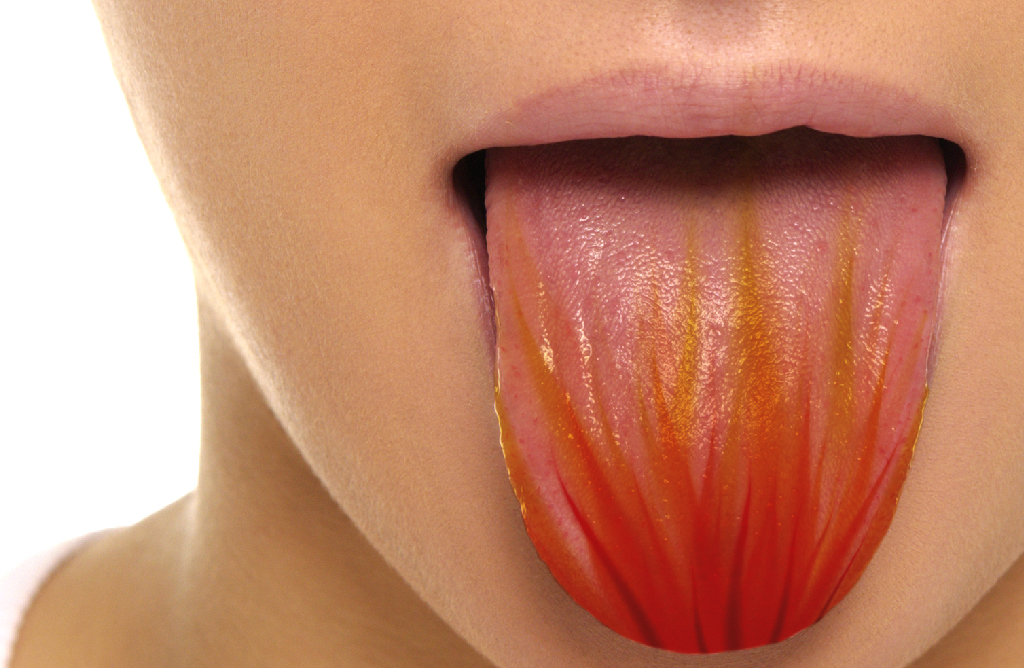[et_pb_section bb_built=”1″][et_pb_row][et_pb_column type=”4_4″][et_pb_text _builder_version=”3.13.1″]
Down syndrome is a genetic anomaly that occurs as a result of a failure at the moment of conception.
The normal number of chromosomes in the human being is 46, distributed in 23 pairs, the last being the sex chromosomes X and Y. These chromosomes constitute the genetic information of the human being. The fertilized ovum receives a chromosome from the mother and a chromosome from the father to form each of the 23 pairs of chromosomes but, sometimes, an anomaly occurs that consists of the appearance of an extra chromosome in the pair number 21, which is known as trisomy of chromosome 21.
The trisomy of chromosome 21 is the most frequent chromosomal anomaly: it affects 1 of every 700 live births in all races, without distinction of geographical environment or social class. Trisomy 21 produces Down syndrome or mongolism, described by Dr. John Langdon Down in 1866.
In 95% of patients with this syndrome there is a trisomy of chromosome 21 (which means that there are three chromosomes # 21, when it is normal for only two), and the remaining 5% has a chromosome translocation (a change of fragments of genes between different chromosomes).
The relationship between maternal age and the risk of giving birth to a child with Down syndrome is firmly established: the risk increases after 32 years, being the age of greatest risk after 45 years.
The most important signs and symptoms of Down syndrome are:
- Marked muscular hypotonia (lack of strength in the muscles).
- Mental retardation.
- Characteristic physiognomy with epithelial folds and eyelid opening biased upwards and outwards (skin fold in the inner corner of the eye) and depressed nasal root.
- Maxillary and palate hypoplasia that determines the protrusion of the tongue (the maxillary bone of the face is poorly formed and the mouth is small, so that the tongue does not fit in it and comes out).
- Internal anomalies, mainly of the heart and digestive system: defects of the ventricular septum, patent ductus arteriosus, atresia or duodenal stenosis (narrowness or lack of development of a part of the intestine).
- Short fingers with hypoplasia of the middle phalanx of the fifth finger (lack of development of the middle phalanx of the little finger).
- Characteristic dermatoglyphs with the simian groove in the palm (altered fingerprint with a fold in the palm of the hand transversely, similar to that of the monkey).
- Some signs are very frequent or typical, such as muscular hypotonia, dermatoglyphs and, in the case of light-colored eyes (blue-green), Brushfield spots, small white spots located concentrically in the third more internal iris (not seen in dark eyes).
- Mental retardation is the most characteristic sign in Down syndrome. Usually adults have an IQ of 25 to 50, but it is considered that the level they are able to reach may vary depending on the stimuli that the patient receives from their relatives and their environment.
Always take care of your health with a unique and efficient service. Visit Pharmamedic.
[/et_pb_text][/et_pb_column][/et_pb_row][/et_pb_section]






